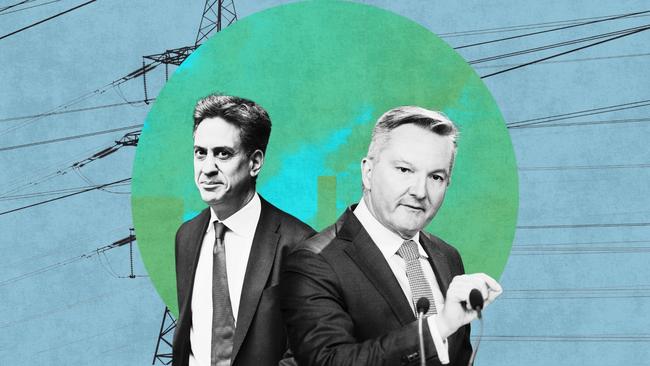
To be sure, they are not completely flat, but broadbased government and corporate support for achieving net-zero emissions by 2050 or some other date is fading.
This trend has been brought into sharp relief by the inauguration of President Donald Trump in the US.
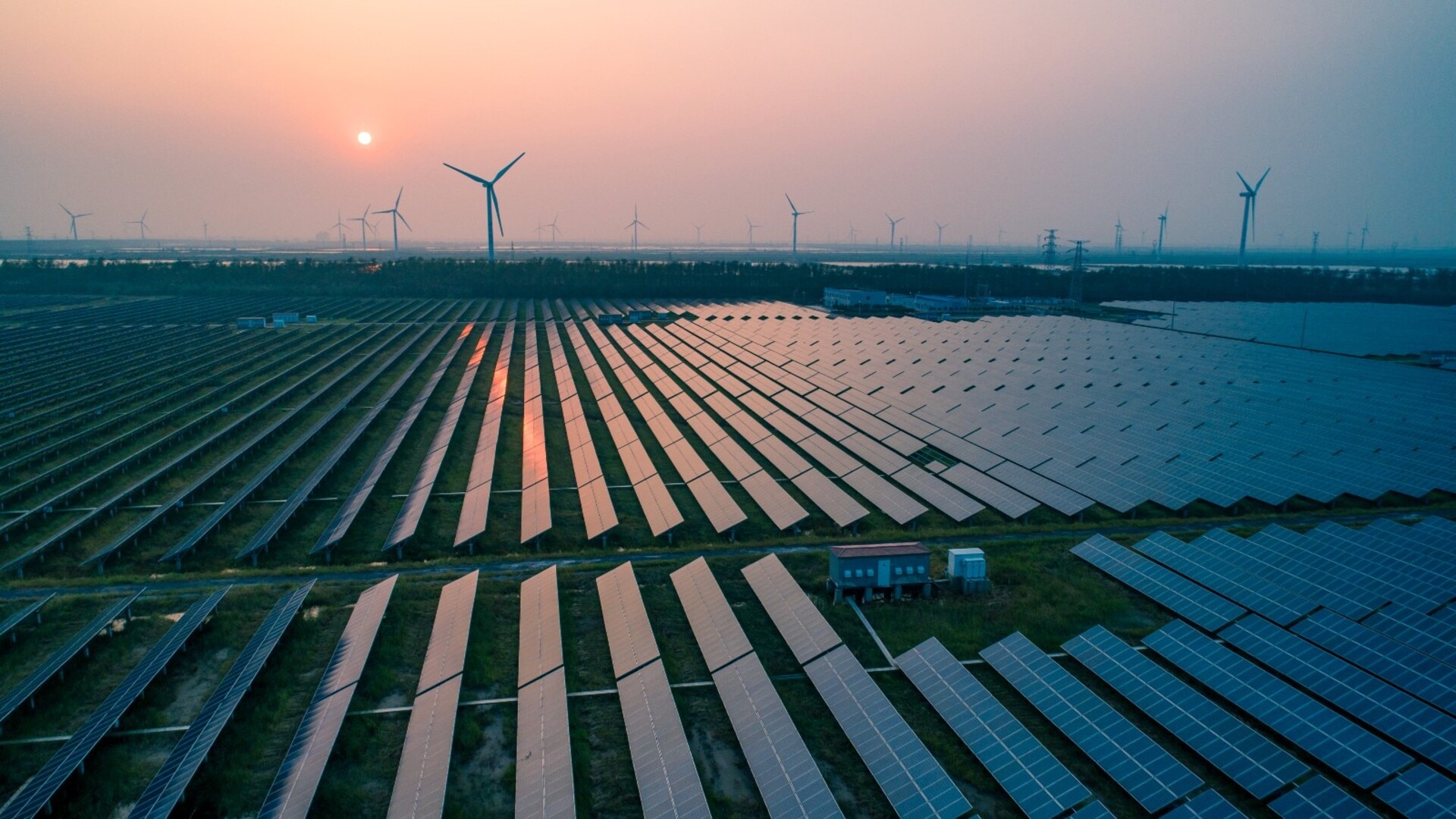
But the reality is that active backing for net zero was on the wane before Trump’s re-election. Of course, there are still some true believers who are happy to deny what is obvious to others.
The UK’s Energy and Climate Change Secretary, Ed Miliband, has (wishfully) declared that the rise of net zero is “unstoppable, not fast enough, but unstoppable”.
In his mind, “other countries believed it was in their national self-interest to remain in the Paris Agreement and to continue working on these (climate) issues, because they see both the advantages of moving forward on this and the dangers for them of not moving forward”.
In a similar vein, Bowen has flatly dismissed the idea Australia should leave Paris: “We are building Australia’s future, not taking Australia backwards. The world is shifting to net zero. That means there are big opportunities and big benefits for Australia, so long as it acts now to make the most of demand for clean energy and inputs globally.”
Opposition Leader Peter Dutton has stated the Liberal Party continues to support net zero by 2050 and staying in Paris. But both he and Bowen have been very quiet about what emissions reduction target will be set for 2035.
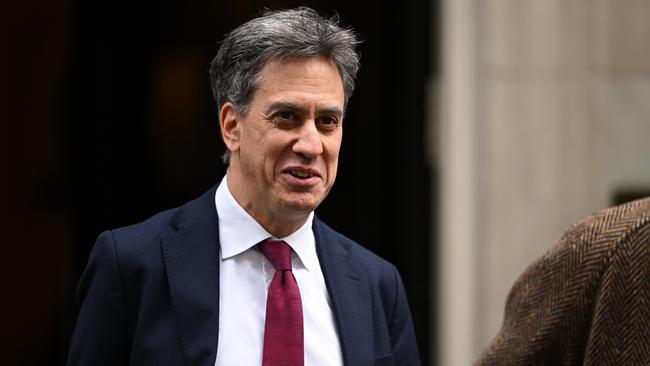
The trouble for the true believers is that the world is a very different place from 2015 when the Paris Agreement was ratified.
Events moved on even further after the Glasgow COP held in 2021, arguably the apotheosis of the net-zero movement. As the costs and technical difficulties of the decarbonisation process become clearer, the resistance to the net-zero objective increases.
Let’s not forget that at a global level, Paris has been a flop, with emissions increasing by 20 per cent over the period since its signing.
To be sure, some advanced economies have achieved lower emissions, but these have simply been shifted to higher-emitting countries, particularly China.
Consequently, those decarbonising countries have lost large manufacturing establishments and associated activities, and are facing higher energy prices – Germany and the UK are key examples.
One of the first acts of Trump was to pull his country out of Paris . (The US is the second-largest emitter in the world.) There is now a ban on new offshore wind installations, with Trump describing turbines as “inefficient, ugly and a threat to wildlife”. He has reneged on a treaty to restrict methane emissions as well as abolishing various federal government programs and regulations favouring electric vehicles. His clarion call to “drill, baby, drill” has been accompanied by an opening up of new fields for oil exploration.
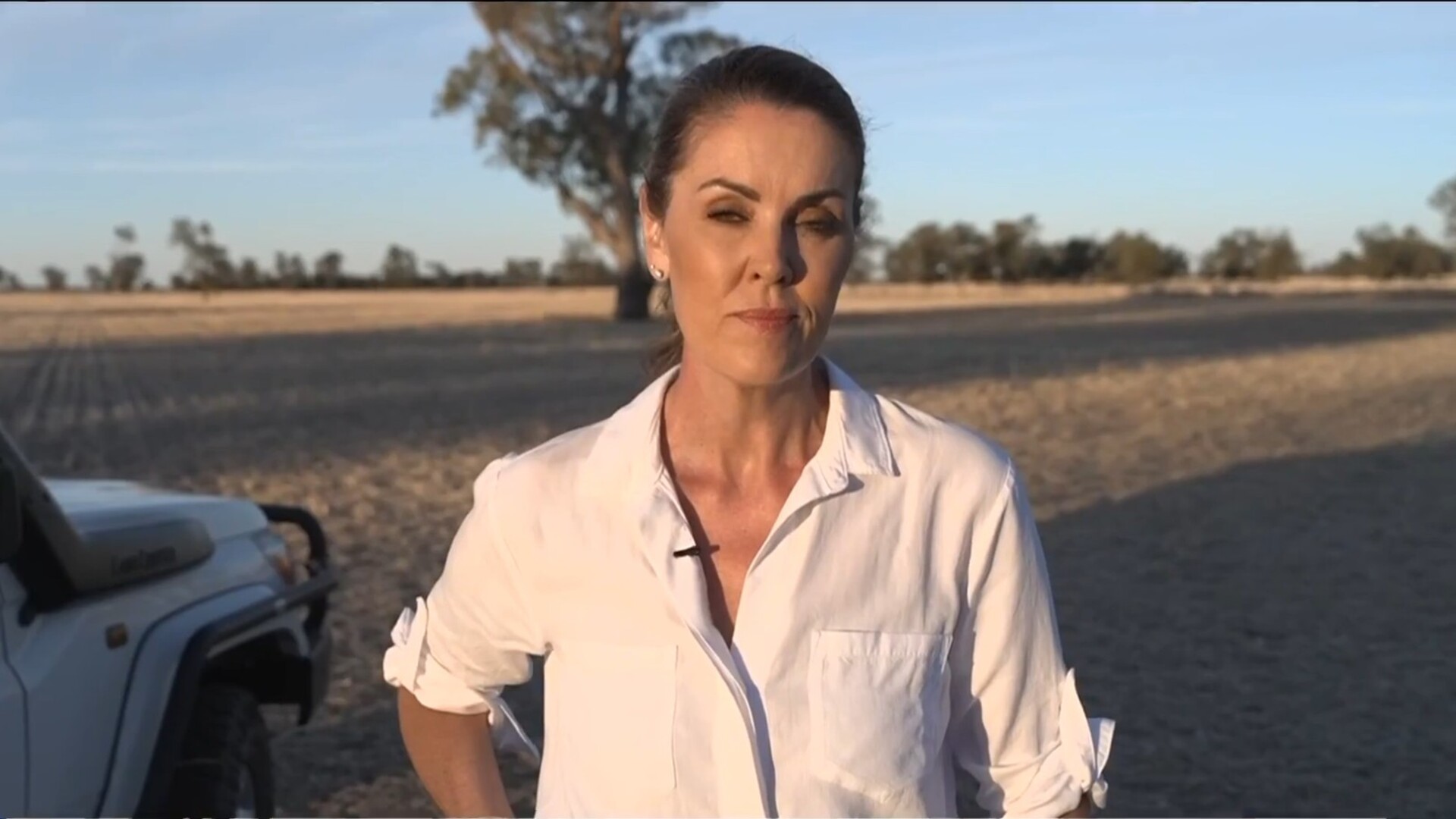
The various global net zero emissions alliances covering banking, asset managers and insurance, and sponsored by the United Nations, are also falling apart. The Net Zero Asset Managers Initiative has been suspended after the withdrawal of its largest member, Blackrock. Most of the US banks have withdrawn from the Net Zero Banking Alliance, along with four Canadian banks. The large Australian banks remain members.
The last coal-fired power plant in the UK closed last year, so in the event of renewable sources not being able to generate power, the grid is dependent on gas, nuclear and power imported from the Continent.
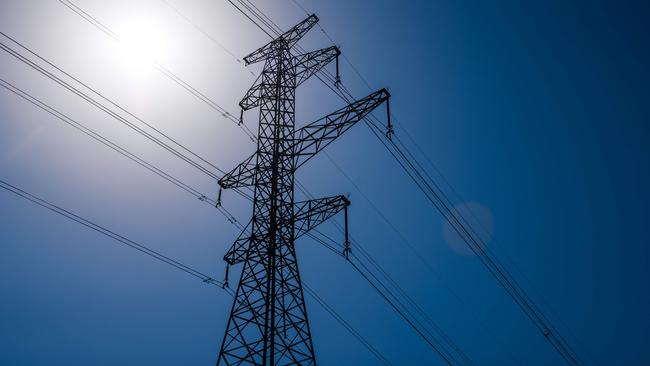
It has been a very cold winter. There has also been a lack of wind on several days. Had it not been for the scope to back up the grid with expensive gas as well as secure electrons from several European countries, there would have been widespread blackouts. Batteries can run the grid for fewer than 20 minutes.
The wholesale price of electricity skyrocketed, which then flowed through to the exporting countries. Some of the exporting European countries are now expressing their dislike of having to fill gaps in the electricity grids of both the UK and Germany.
In the meantime, Miliband is intent on shutting down the oil and gas industry in the North Sea, with no more drilling licences being awarded.
It won’t be long before the UK is totally dependent on imported gas, including from Norway. Amazingly, Miliband appears to be living on another plant, unaware of the risks he is imposing on the UK economy.
The currently loyal Chancellor, Rachel Reeves, has unconvincingly declared there is no trade-off between climate action and economic growth.
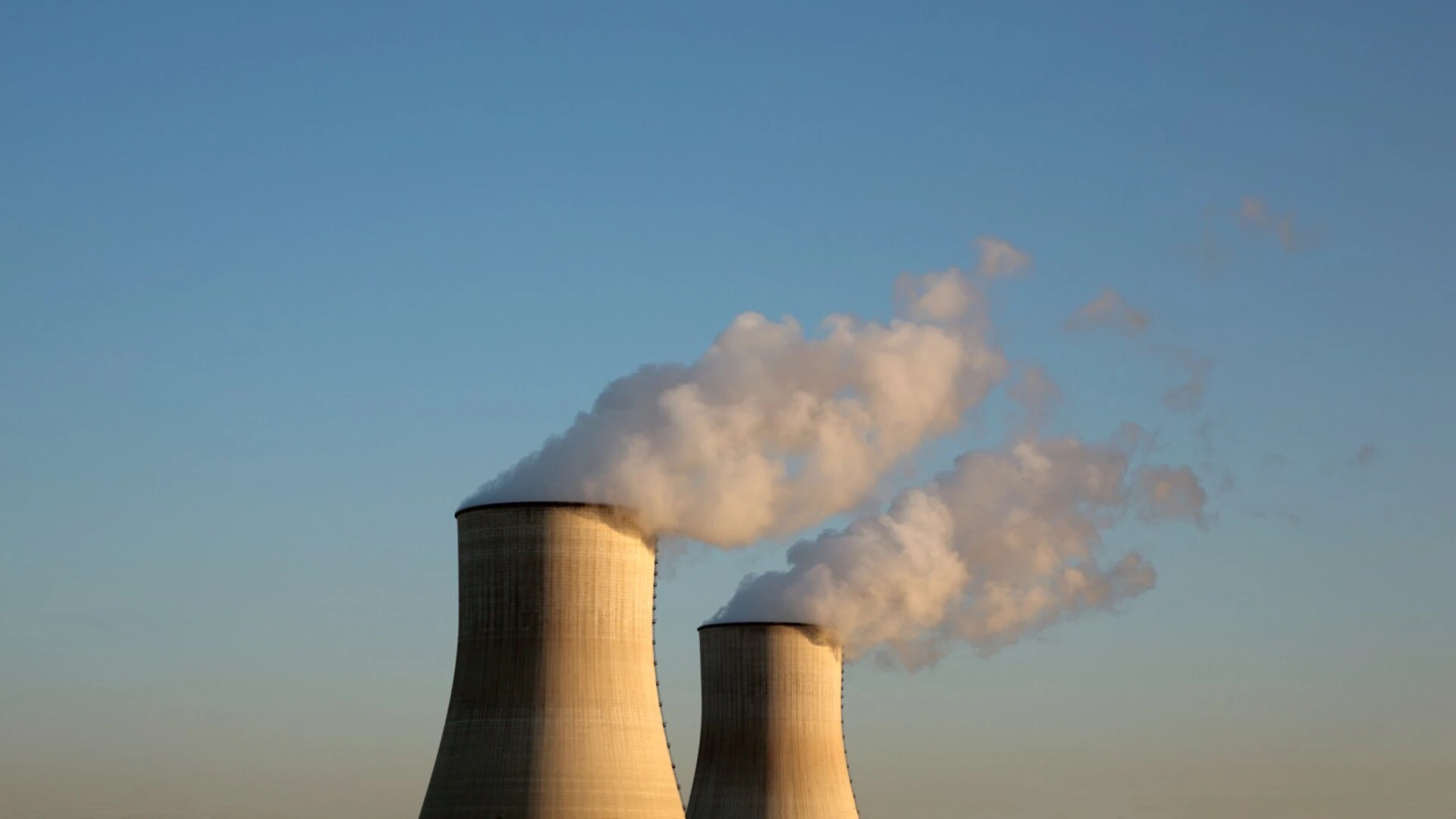
While supporting the building of a third runway at Heathrow – something strongly opposed by Miliband – Reeves maintains “net zero is the industrial opportunity of the 21st century”. Bear in mind here the UK contributes less than 1 per cent of global emissions.
Of course, there are no equivalent European countries that can provide us with electricity when we run short.
We are on our own.
Indeed, were it not for the brown-coal electricity plants in Victoria providing power to South Australia, the state with the highest penetration of renewable energy, that state would be facing recurrent blackouts and load shedding.
It is surely ironic that two diesel-powered plants have been brought into operation in SA to cope with potential problems.
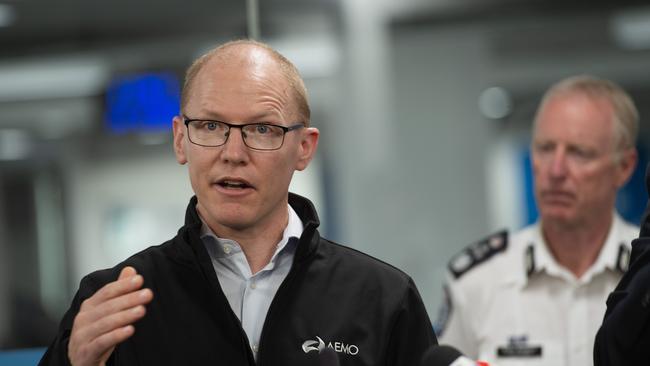
The news on electricity prices in the NEM is not good. As noted by the Australian Energy Market Operator, “wholesale spot prices averaged $88 per megawatt hour over Q4 2024, up 83 per cent from the corresponding quarter last year, with NSW ($143/MWh) and Queensland ($127/MWh) at Q4 record highs”.
The entirely predictable fragile state of some of the coal plants contributed to this outcome, even though the penetration of renewables is at record highs, particularly during the day.
As for the proposition that renewable energy is the cheapest source of electricity, a favourite of both Bowen and the Prime Minister, that is now discredited as more data comes in from around the world.
As Bjorn Lomborg has noted: “The International Energy Agency’s latest data on solar and wind power generation costs and consumption across nearly 70 countries shows a clear correlation between more solar and wind and higher average household and industry energy prices. In a country with little or no solar and wind, the average electricity cost is about 12 (US) cents a kilowatt-hour. For every 10 per cent increase in solar and wind share, the electricity cost increases by more than US5 cents a kilowatt-hour.”
Bowen should probably take note of the IEA’s finding – President Emmanuel Macron has described that agency as “the armed wing for implementing the Paris Agreement”. This tells you all you need to know about the IEA.
We are now facing the disaster of an electricity grid overloaded with subsidised renewable energy and insufficient firming backup.
It’s up there with the madness of the policy-induced importation of LNG.






While Climate Change and Energy Minister Chris Bowen was inspecting Mrs Dan’s new subsidised electric cooktop stove, he may have missed some important news related to his portfolio. The fact is the air is going out of the net zero tyres across the world.